Extending Global Reach with the 305th Air Mobility Wing
Report and photos by Isaac Lebowitz
November 24, 2017
You cannot overstate the importance of Aerial Refueling to the global readiness of the US Air Force. The Rapid Global Mobility mission capability provided by the 305th Air Mobility Wing (AMW) allows for deployment of aircraft, personnel, cargo and humanitarian assistance globally, anywhere at any time.
The 305th Operations Group is a unit within the 305th AMW. The mission of the 305th Operations Group is to deploy worldwide from America’s Eastern Gateway, to perform aerial refueling and airlift, in support of tactical, strategic, reconnaissance, transport, and bombardment forces in high-threat and chemical warfare environments.
The 305th Operations Group is comprised of the following squadrons:
2nd Air Refueling Squadron
The 2nd Air Refueling Squadron arrived at McGuire AFB Oct. 1, 1994 as part of the realignment of KC-10 aircraft. Today, the 2nd ARS continues to remain ready to provide the United States with the Global Reach necessary to support our national security objectives, while placing an increased emphasis on squadron members’ families-the unsung heroes of the unit’s successful operations. Teamed with the KC-10 Extender, the 2nd ARS and its personnel enable unrivaled Global Reach for America.
6th Airlift Squadron
The 6th Airlift Squadron is the oldest airlift squadron in the Air Force, having served with distinction since Oct. 1, 1933. The 6th AS has earned a reputation for excellence throughout the years.
32nd Air Refueling Squadron
The 32nd Air Refueling Squadron is comprised of proud, dedicated professionals providing global reach for America through individual excellence and teamwork. The 32nd ARS can generate, mobilize and deploy 16 KC-10 aircraft with more than 180 aircrew, maintenance and support people to fulfill a wide variety of worldwide mobility tasking.
The 32nd Air Refueling Squadron was the first unit to receive the KC-10 Extender aircraft.
305th Operations Support Squadron
The mission of the 305th OSS is to provide information, support, and equipment to allow aircrews to accomplish their global mobility mission. The squadron combines numerous support activities into a single unit to integrate training, planning and operations support for JBMDL active duty and reserve flying squadrons. The 305th OSS also hosts the KC-10 Formal Training Unit, responsible for training and upgrading KC-10 aircrew members.
The 2nd and 32nd Airborne Refueling Squadrons with a combined fleet of 32 KC-10 tankers, are able to provide refueling support anywhere in the world.
The KC-10 is one of two tanker aircraft in the USAF inventory, the other being the much smaller Boeing KC-135. Since the 305th AMW only flies the KC-10, this article will deal just with this aircraft and its capabilities and operations, so here is some background on the KC-10:
The McDonnell Douglas KC-10 Extender is based on the civilian DC-10; this is a very large refueling tanker aircraft that also has the ability to load 170,000 pounds of cargo. The lower cargo deck contains tanks which can carry 356,000 pounds of fuel, almost twice as much as the KC-135 tanker. Fully loaded, the KC-10 weighs approx. 590,000 pounds. The crew on a KC-10 consists of 2 pilots, a flight engineer and a boom operator. For off-station missions, there would also be two flying crew chiefs. McGuire received their first KC-10s in 1979. Recent upgrades to the KC-10 have involved updated avionics, satellite communications capability and upgraded navigation capability. Twenty KC-10s have also been modified to add wing-mounted pods to further enhance their aerial refueling capability. These pods would be used for hose and drogue refueling compatible aircraft.
While the KC-10’s mission is primarily aerial refueling, it can accommodate loads ranging from 27 pallets to a mix of 17 pallets and 75 passengers. The KC-10 is also capable of transporting ambulatory patients using patient support pallets during medical evacuations.
During refueling operations, the KC-10’s boom operator controls refueling operations through a digital, fly-by wire system. Fuel is transferred to the receiver at a maximum rate of 1,100 gallons per minute; hose and drogue refueling capability is also available on the KC-10 for refueling US Navy and Marine fighters. The automatic load alleviation and independent disconnect systems greatly enhance safety and facilitate air refueling. The KC-10 can be air-refueled by a KC-135 or another KC-10 to increase its delivery range.
Performing the aerial refueling task is the primary role of the boom operator. In an earlier interview with boom operator Senior Airman Aaron Scott, he described the refueling process this way – “It’s different every single time with what receivers you have, because even if it’s a jet you’ve seen before, you’ve got a different pilot flying your plane and a different pilot flying that plane than what you did last time. So you don’t know what their norms are, some pilots make real quick small corrections and some make big slow corrections and that’s the hard part. When there’s a lot of movement back there, you have to judge where the receiver’s going to be as you’re extending that pole… so it’s a new experience every time you’re refueling somebody.”
Refueling Missions
APD was privileged to fly with the 2nd and 32nd Airborne Refueling Squadrons on a series of refueling missions in support of air force squadron training as well as continued training for KC-10 crew members. Known as Advanced Combat Operations Training (ACOT), the purpose of the exercise is to showcase the 305th AMW prepares mobility forces for future operations and highlights the capability to support the joint warfighter, ranging from refuelers to fighters, in any type of environment.

The first mission on the first day involved refueling a group of F-22 Raptors from the 1st Fighter Wing at Langley AFB in Virginia. Once the KC-10 was ready in the refueling tracks somewhere over the ocean, the Raptors took turns flying into position behind the much larger KC-10 aircraft. The fuel offload took a couple of minutes and then the next Raptor pulled up. The accuracy and precision with which the 5th generation fighter aircraft were able to connect was quite remarkable.

Once the squadron of Raptors got their fuel and continued on their mission, we headed south to a different refueling area where we would meet up with a pair of Boeing C-17 cargo jets. The Boeing C-17 Globemaster III is a large military cargo aircraft which weighs 585,000 pounds fully loaded and can deliver 100 troops or 170,900 pounds of cargo anywhere on the globe with refueling support. This was the purpose of the rendezvous with the KC-10 – to practice airborne refueling to extend the operational range of the C-17 when called for. The plan was to make multiple approaches and connections to hone the skills of the C-17 pilots. Immediately the difference from the previous interactions with the Raptors was obvious. The C-17 took a lot longer to slowly inch into position. The turbulence from the large KC-10 caused visible buffeting of the C-17, requiring intense concentration and patience to guide the big jet into position and lock the boom nozzle onto a moving target. While listening in on the radio communications, you could hear how the pilot and boom operator calmly and professionally interacted to successfully complete each refueling connection.

It was explained that due to the size of the C-17, as it moves close to the KC-10, there is a large “bow wave” of air pushed up under the tail of the KC-10 requiring careful manual correction. As the C-17 got closer, the boomer would call out the distance so that the KC-10 pilot could dial in the trim corrections necessary. The “bow wave” phenomenon is typical of larger aircraft such as the C-5 and C-17.
The second day involved more KC-10 refueling. Two KC-10 jets launched around 9AM and headed east out to the Atlantic Ocean to join up and perform some refueling training. For this mission our jet was going to deliver fuel to the other KC-10 as well as offload fuel from it.
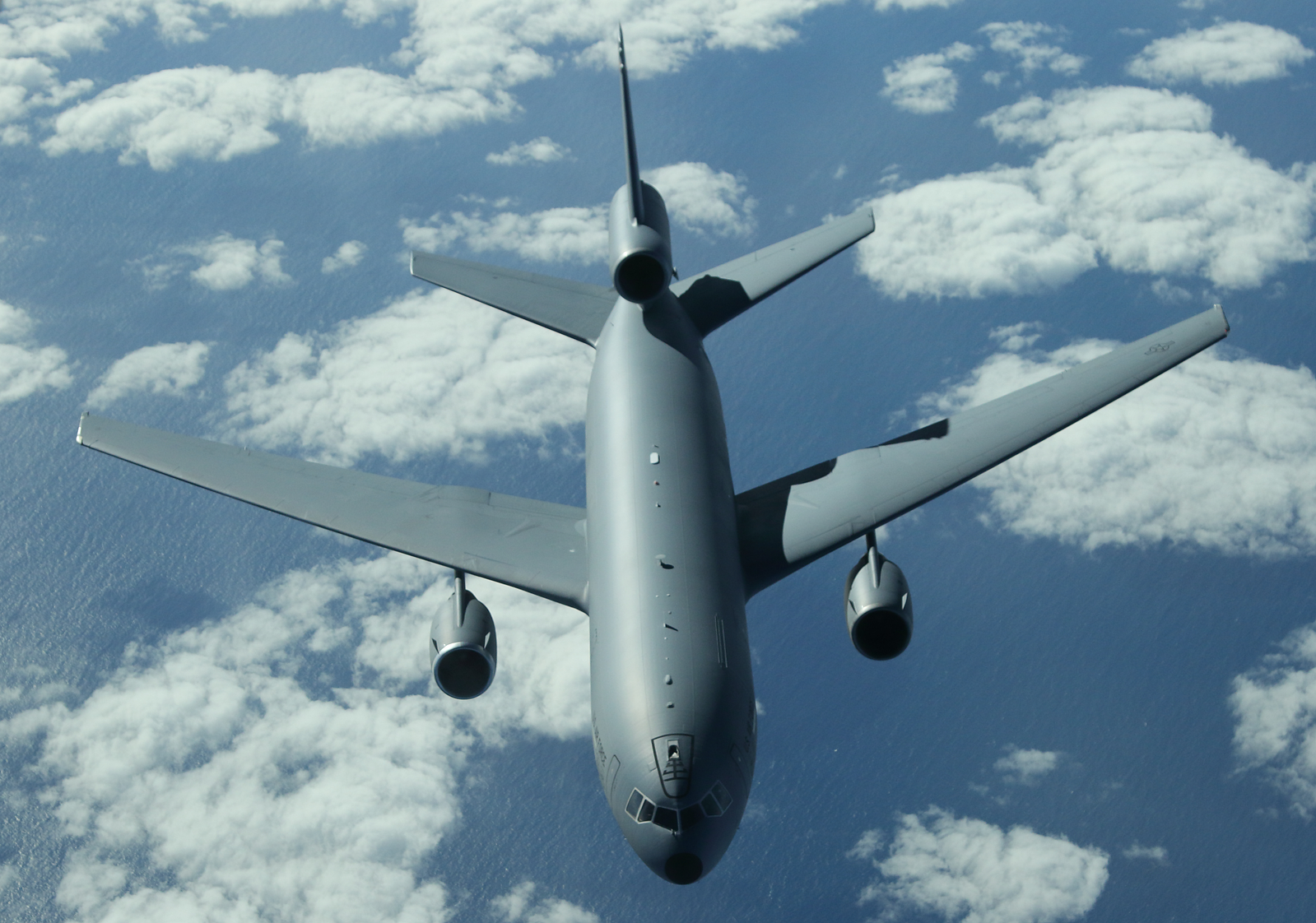
Once done with this part of the mission, we headed out to the skies over Louisiana where we were joined by a thirsty B-52 bomber from the 96th Bomber Squadron out of Barksdale Air Force Base. The Boeing B-52 Stratofortress is a long-range heavy bomber that can carry nuclear or precision guided conventional ordnance with worldwide precision navigation capability. With aerial refueling, the range of the B-52 is only limited by crew endurance.
Getting an almost 160 ft. long B-52 to attach to the boom of a 180 ft. long KC-10 requires skill, preparation and proficiency. After a few minutes of carefully closing in to within 30 feet of the KC-10, the connection was made. As would be expected, the fuel offload to the B-52 was significantly larger than the other aircraft refueled during the missions.
This day’s mission was executed flawlessly and demonstrated the commitment by the 305th AMW to ensure that the pilots and crew of their KC-10 Extenders are always ready for any operational requirement with any platform.
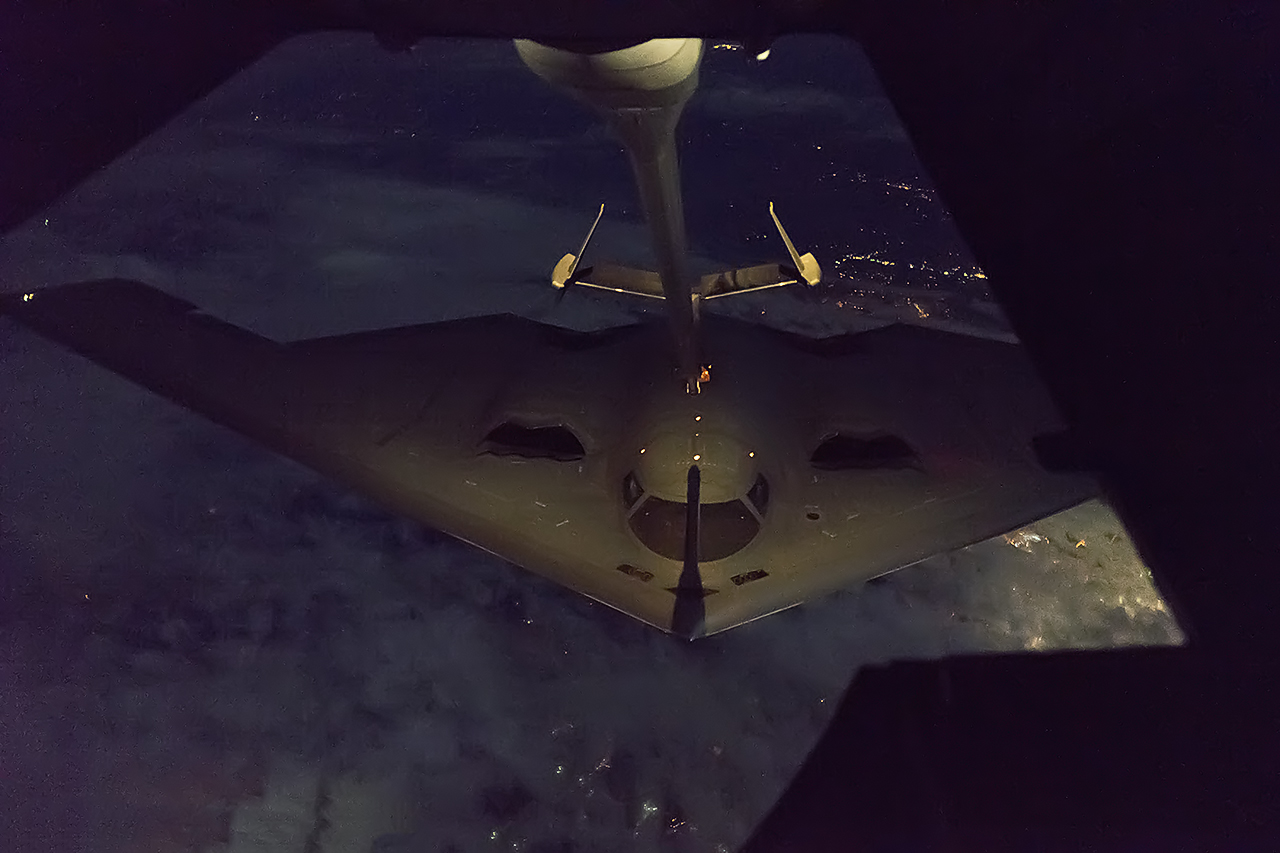
The final mission involved refueling three B-2 bombers at night somewhere over Missouri. These B-2s were from the 509th Bomb Wing based at Whiteman AFB. The Northrop Grumman B-2 Spirit is a strategic heavy bomber with stealth/low observability characteristics. It features a unique flying wing design.
Once the KC-10 was inside the refueling area, the dark wing-shaped aircraft rose from the clouds below and was barely visible as it made the slow approach up to the tanker. Since there were multiple B-2s seeking fuel, it provided opportunities for different boom operators to train with a B-2 in a night scenario. Once the fuel was offloaded, each B-2 gracefully dropped away and disappeared into the darkness.
The B-2s have frequently flown 30+ hour long bombing missions over the Middle East. It is the carefully coordinated aerial refueling missions that enable this capability. This evening’s refueling training serves to hone the skills of the bomber and tanker crews as well as the boom operators.

The motto of the 305th AMW is “Can Do” and the pilots, flight crew, boom operators and maintenance personnel all proved that they can do the job when called upon. They performed their jobs with pride, skill and teamwork. As evidenced by the efforts put into their training, the 305th AMW is invested in bringing out the best in their personnel. Today, more than 2,400 men and women of the 305th AMW stand ready to provide worldwide support at a moment’s notice.
We came away with a clear understanding of the vital role the 305th AMW plays in today’s air force.
Lead photo: USAF / SSgt Evan Bazely



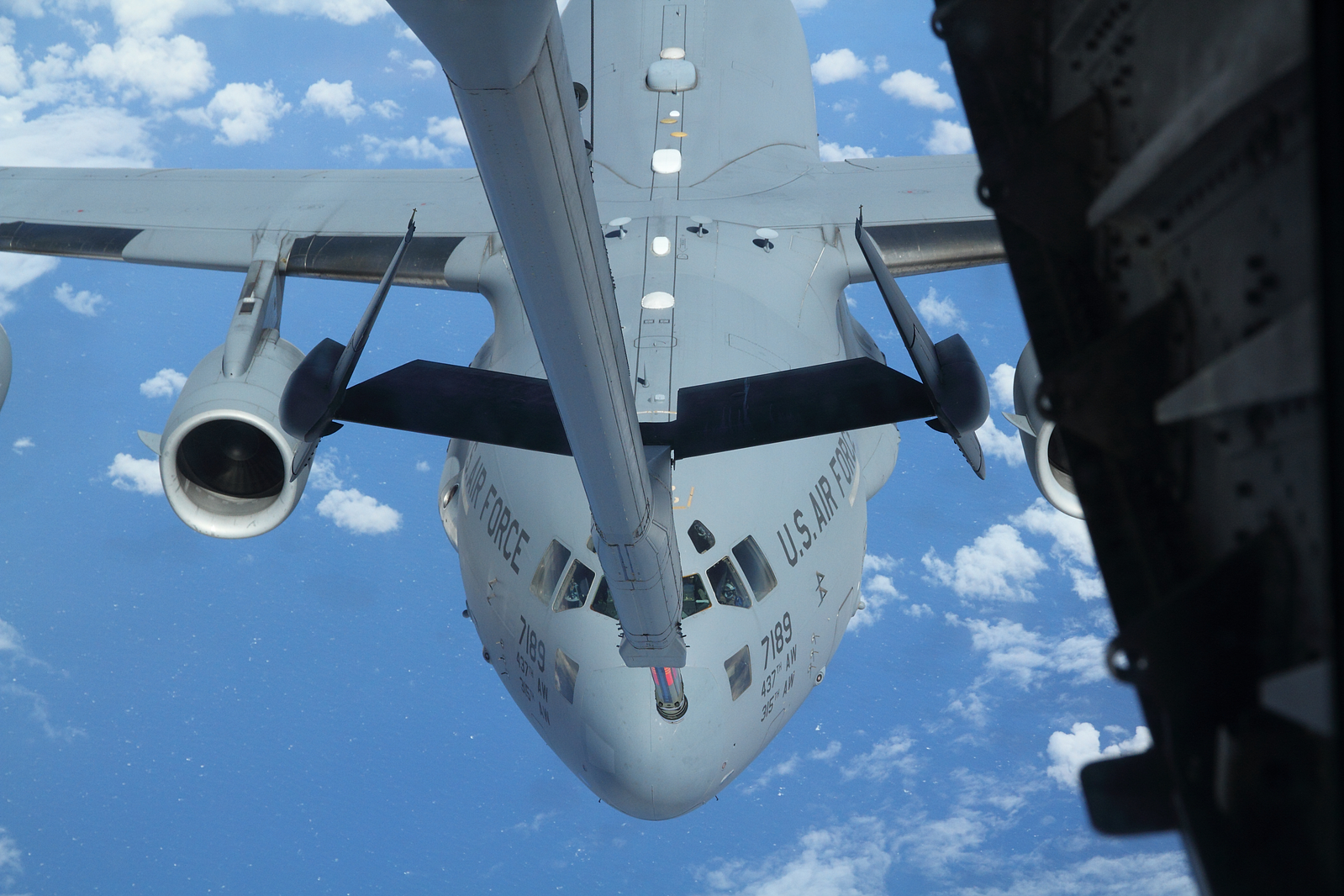
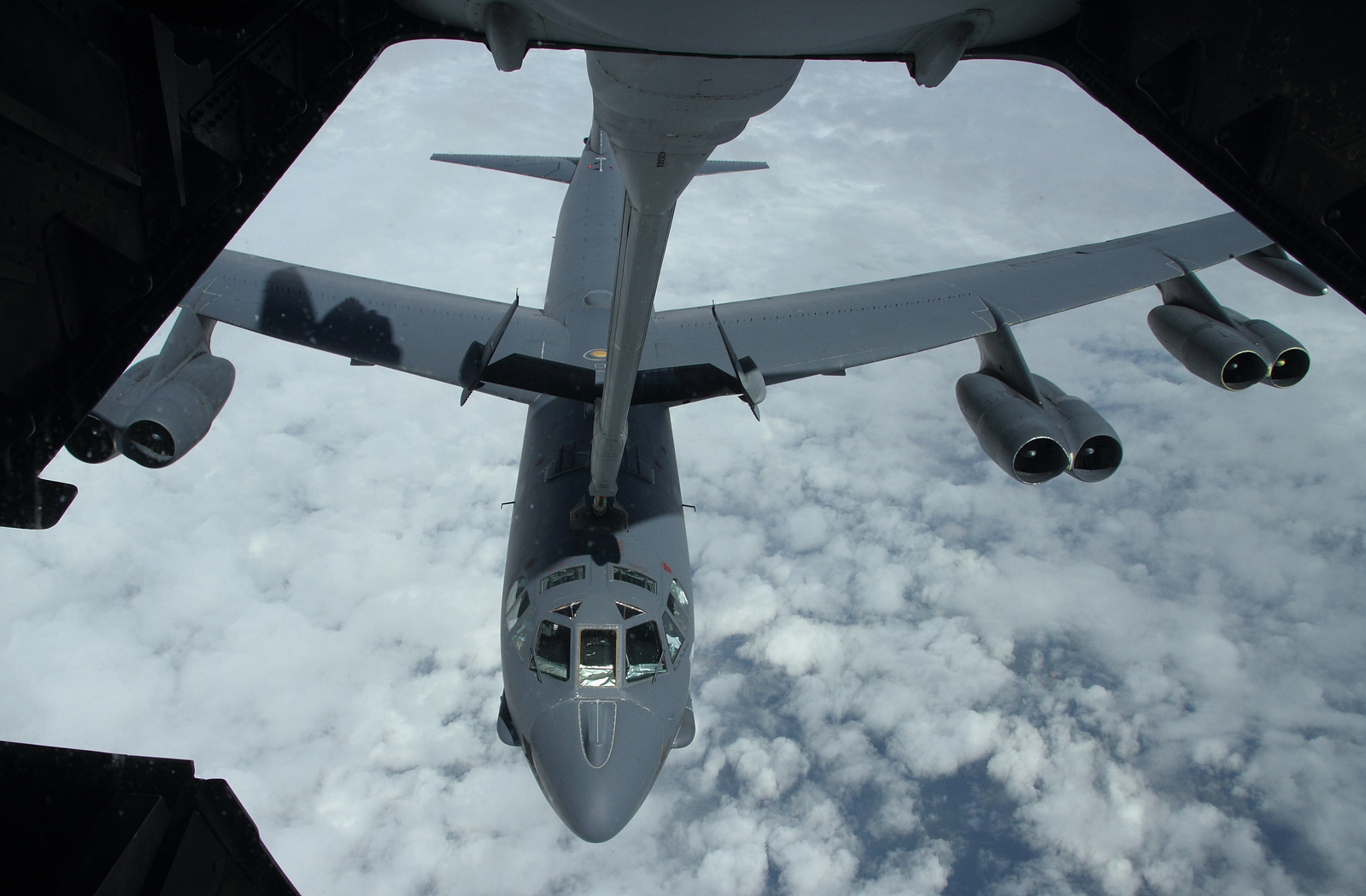



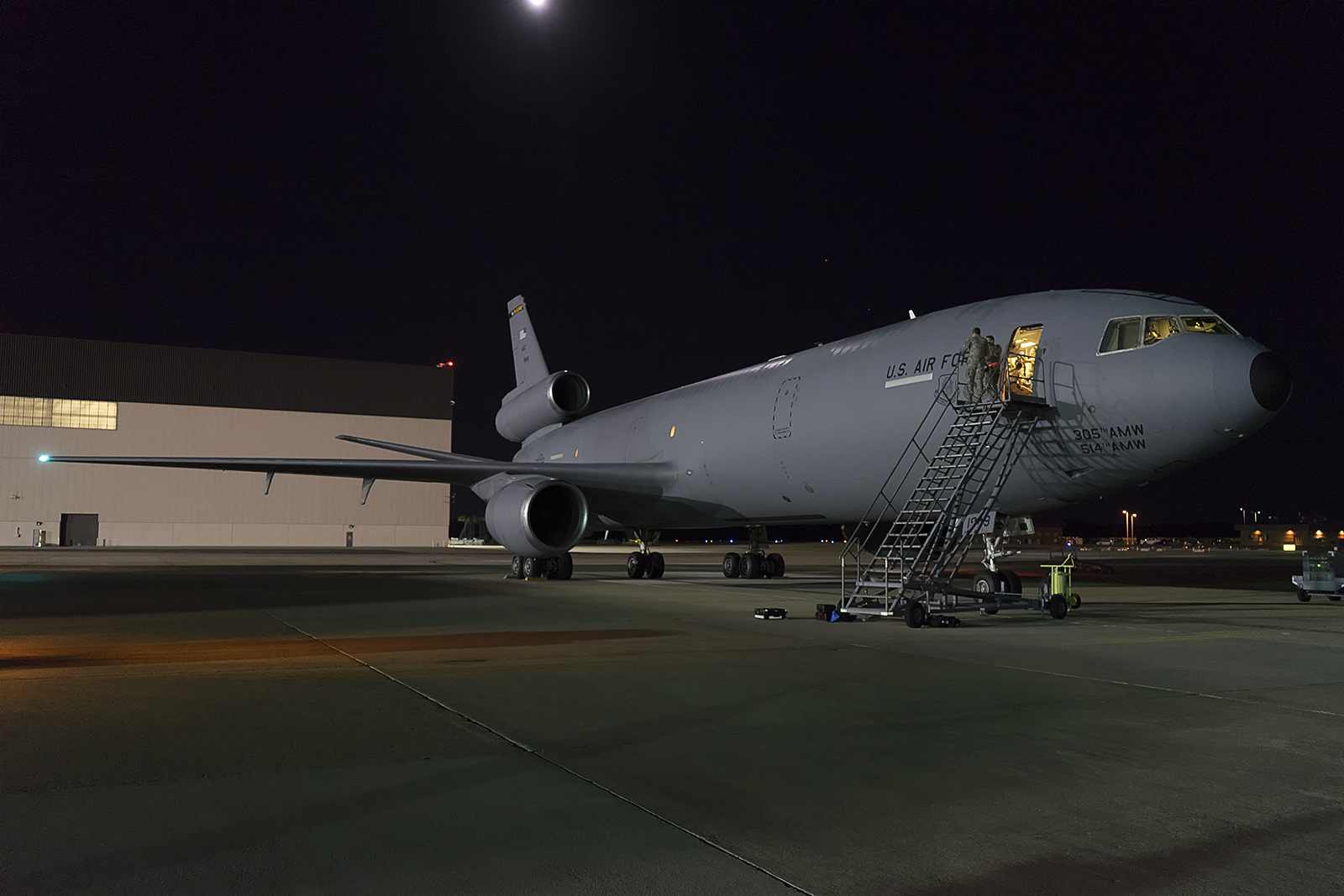
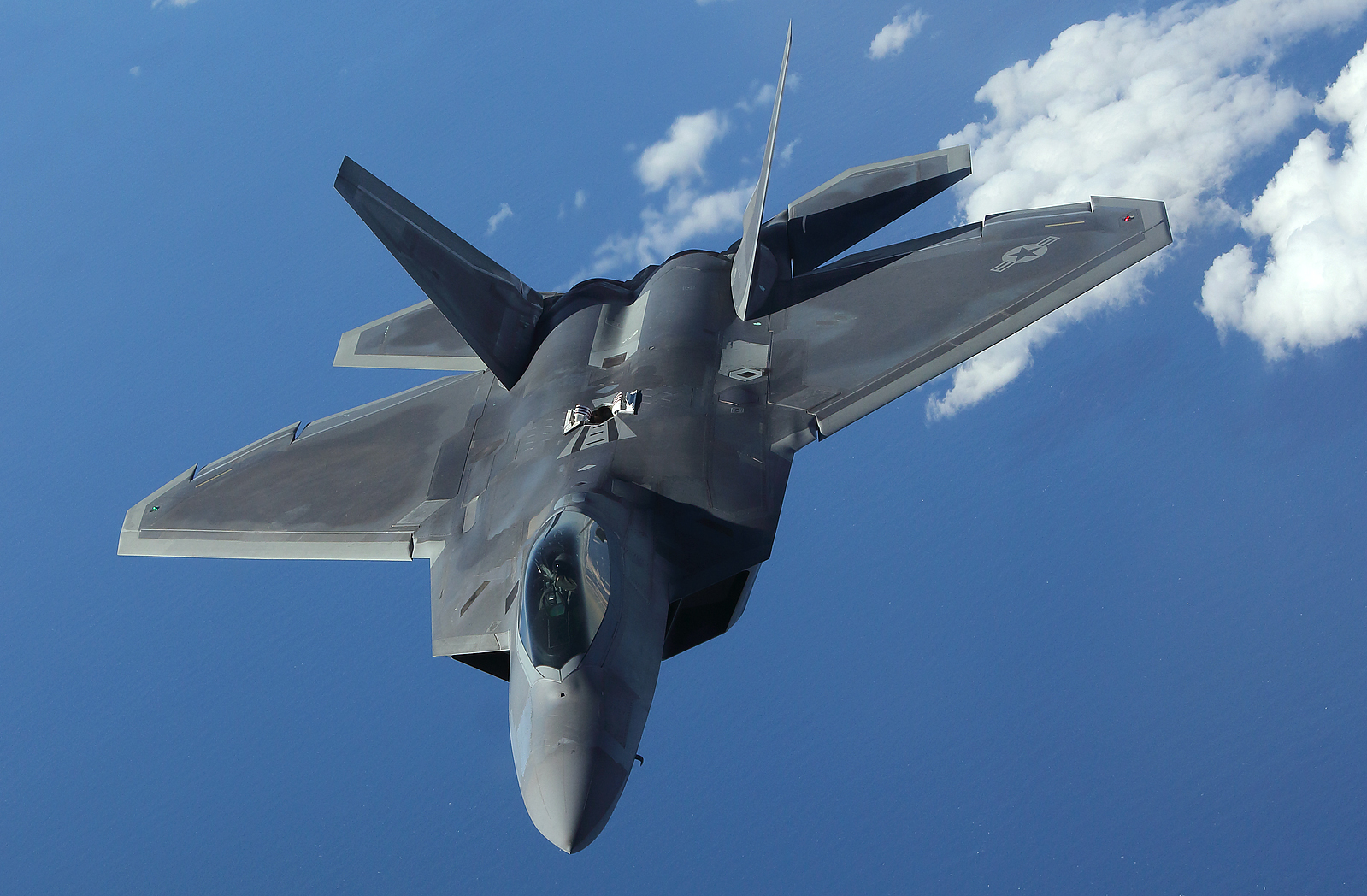
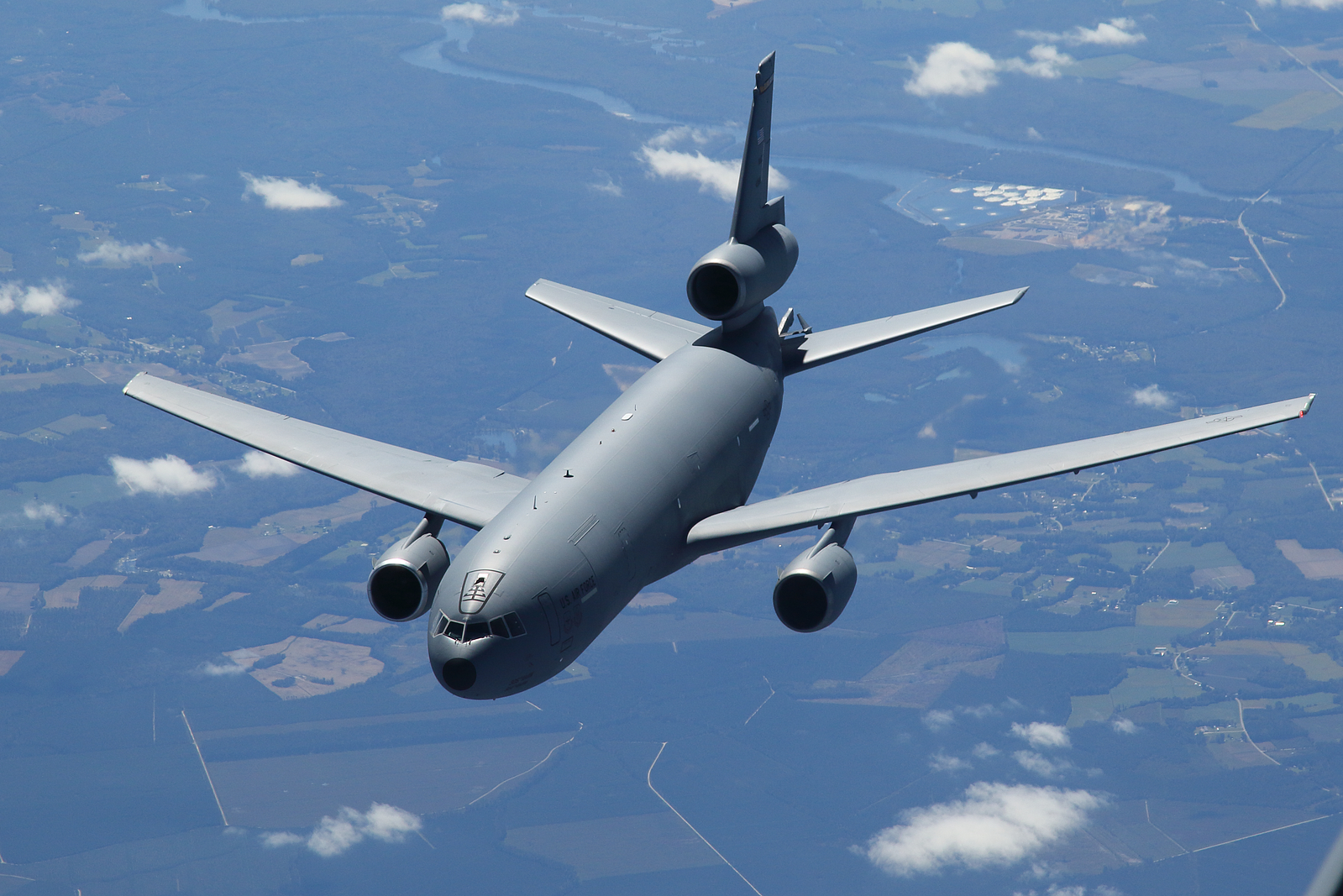
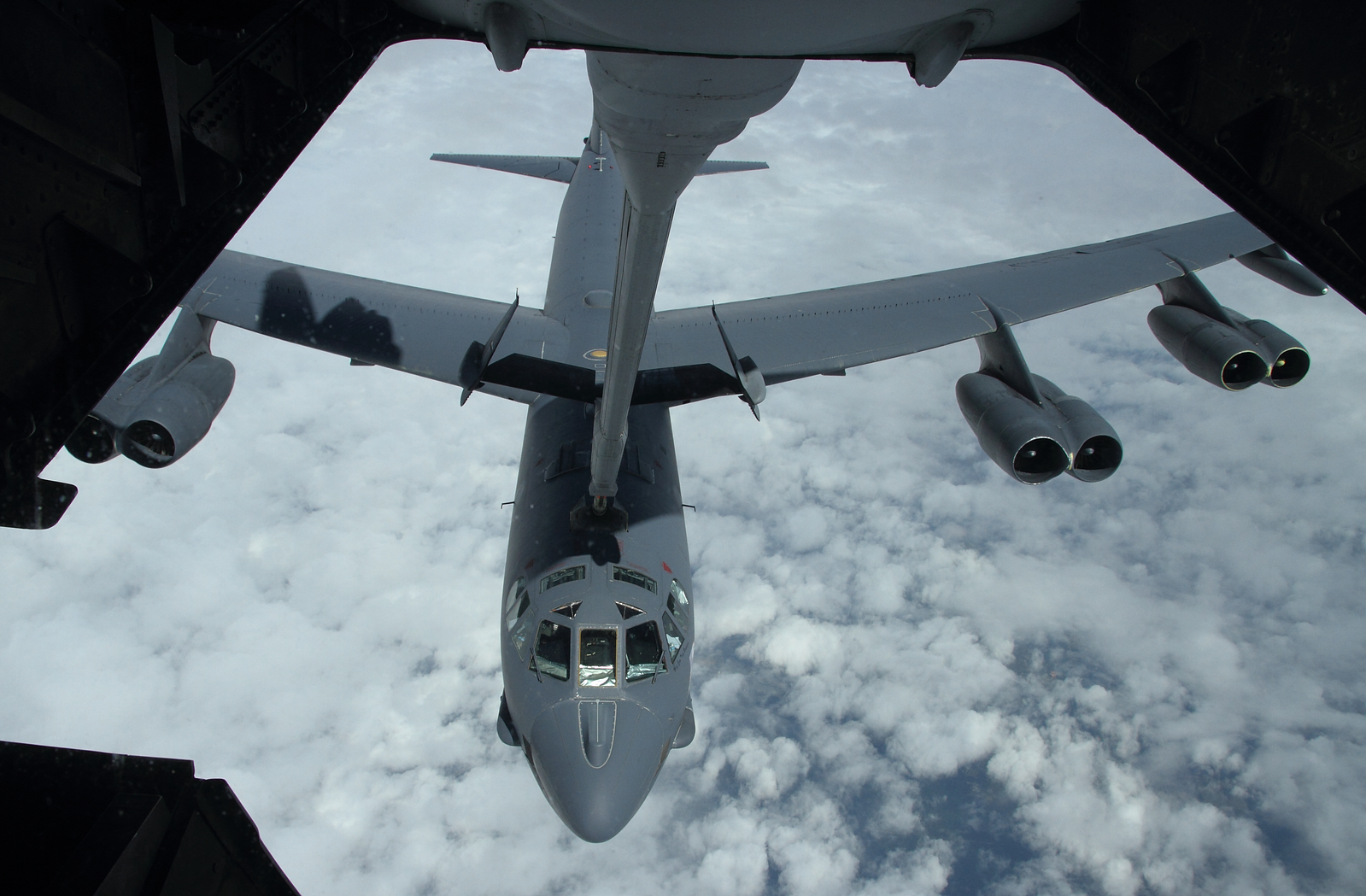
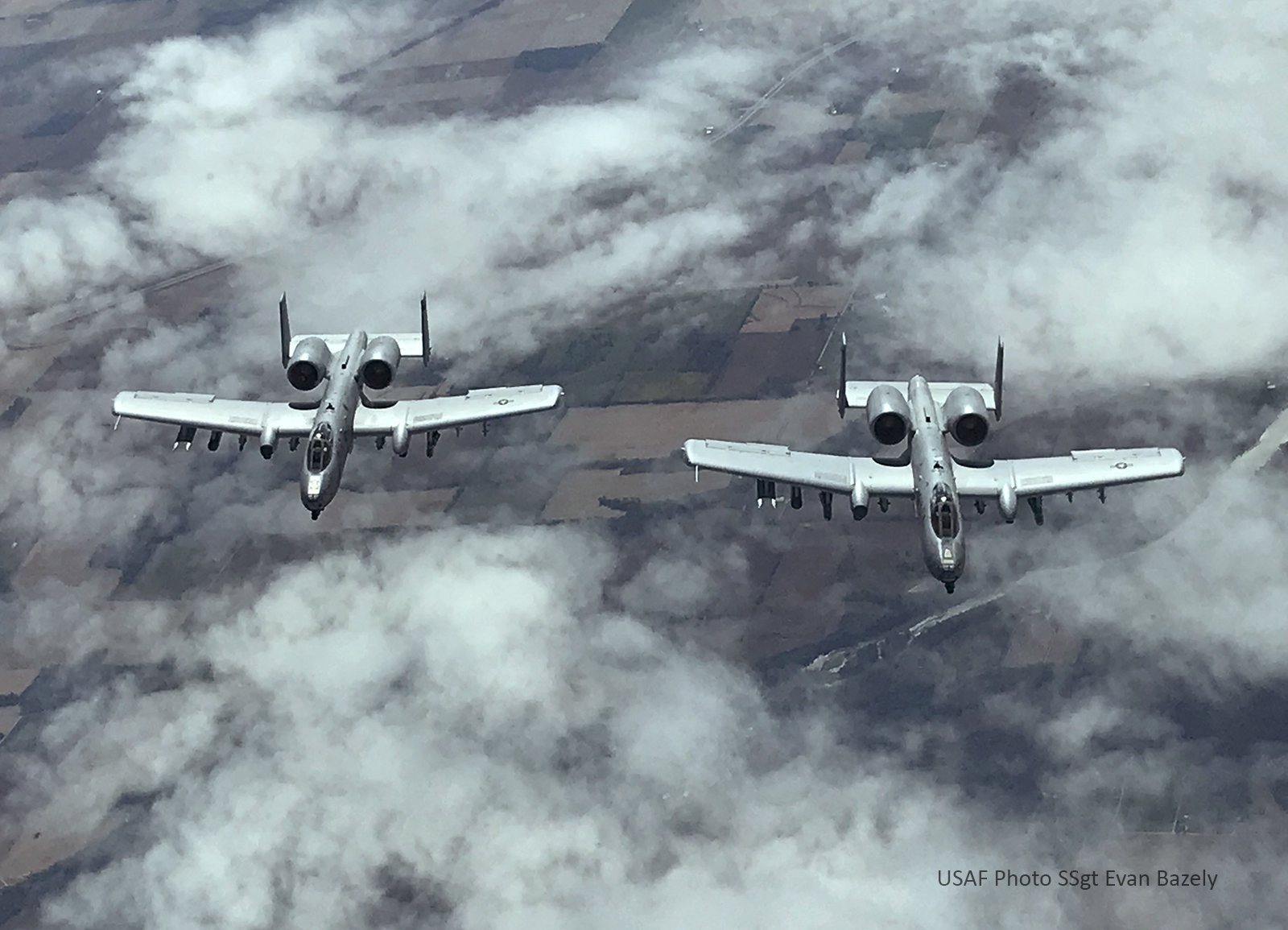
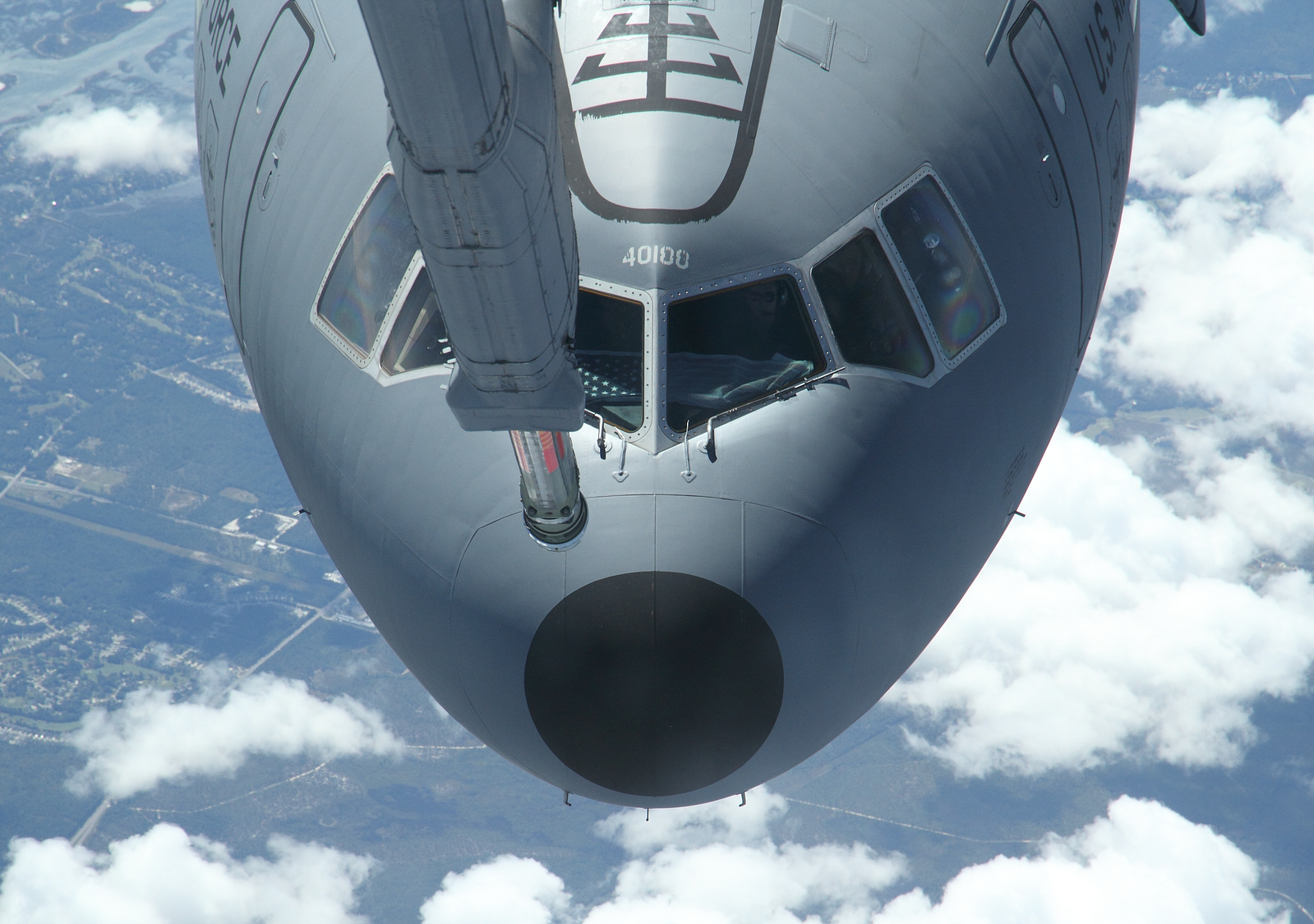

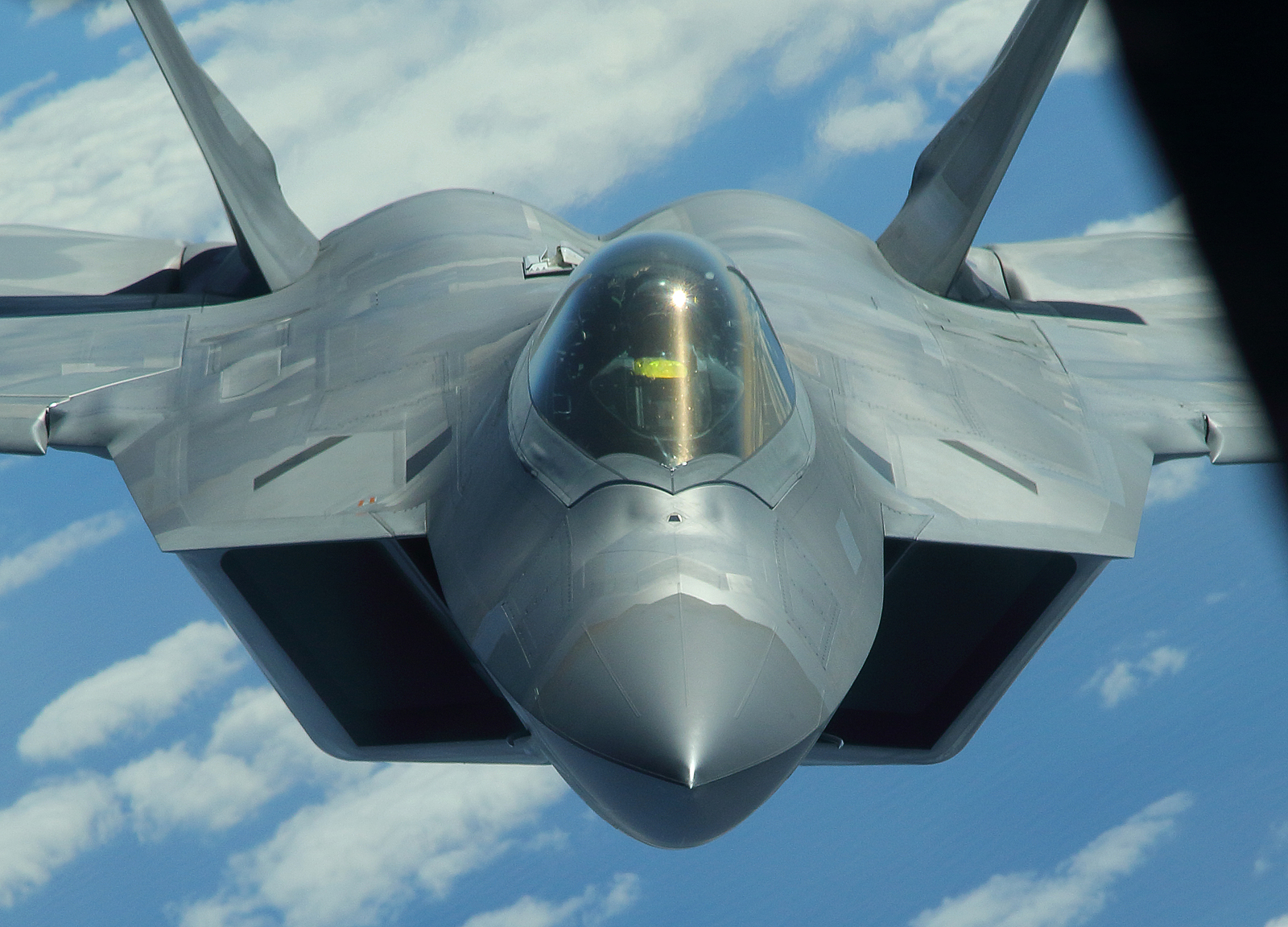

Click on an image below to page or swipe through the gallery:
Isaac Lebowitz is from Long Island, New York. He works as a software developer in the accounting field. He has been involved with photography since receiving a fully manual SLR as a teen. Having a keen interest in aviation and motorsports, he spent much time shooting both. His primary aviation focus is on military aviation photography, although a day spotting at JFK is a real treat. He also enjoys macro, night and HDR photography.
Isaac can be reached at: [email protected]


